- S.D. Eibar ready for maiden La Liga outing
- SD Eibar stengthen ahead of debut La Liga season
- Can ‘Super Mario’ live up to expectations in Madrid?
- MAN IN THE GROUND – Brentford 0 – 4 Osasuna
- Historic Basque derby welcomes S.D. Eibar to La Liga
- Munich to Madrid, via Brazil – Tony Kroos
- Rakitic in Spanish Switch
- Can Spain find redemption in Rio?
- Viva Espana! A season of redemption for Spanish football
- From the old to the new: who can fill the void in years to come for La Roja?
People of the world, Football is still Spain’s
- Updated: 3 July, 2012
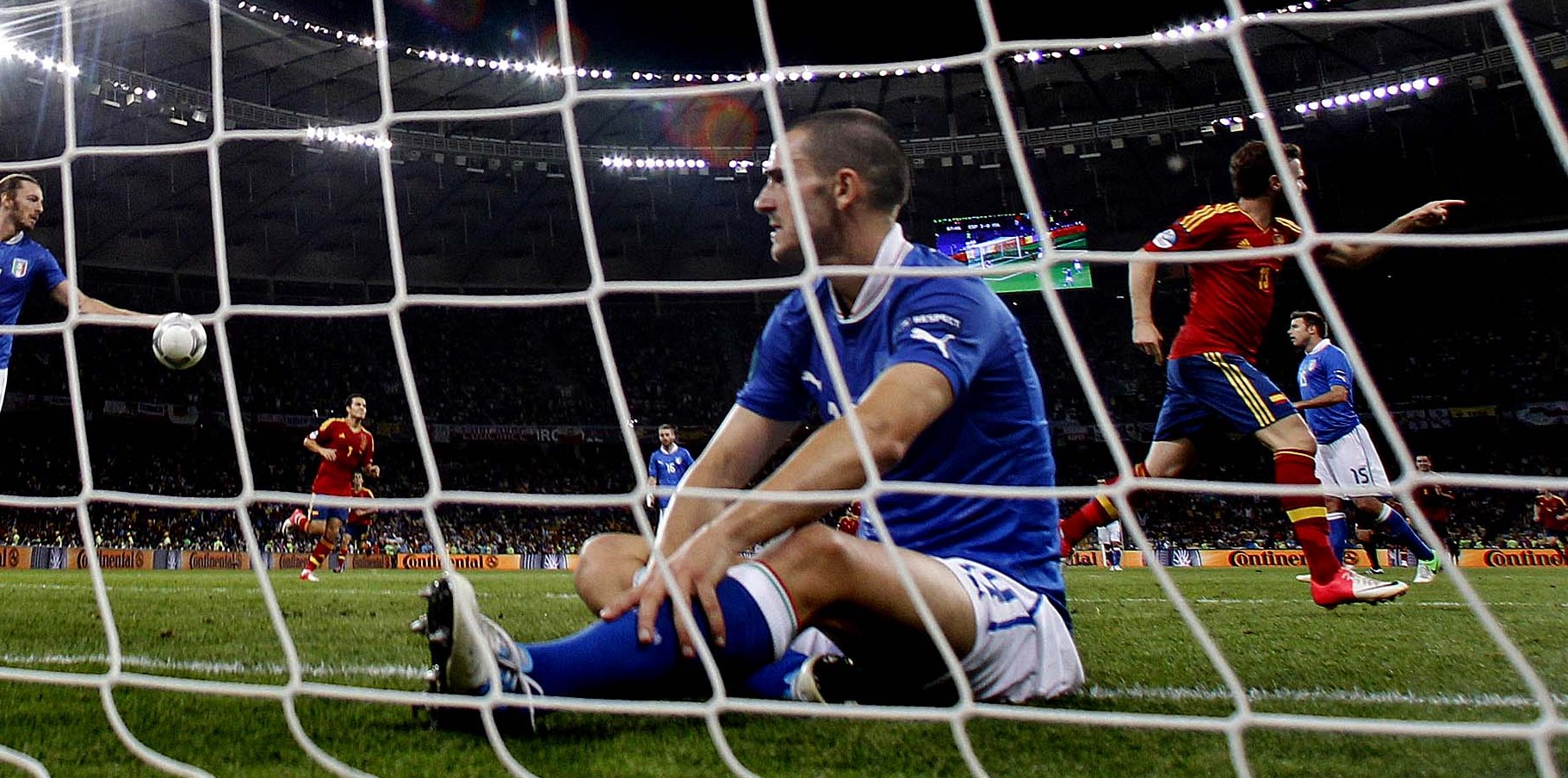
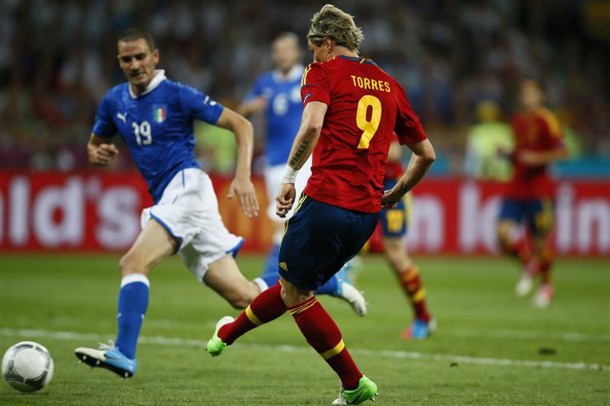
Away from the record breaking achievements, this was a result which provided a resounding answer to those critics who had wrongly claimed Spain were boring during this tournament. This was a performance marked by supreme technical quality, pace and above all, an aggressive streak which had been missing from Spain. From the outset of this match, Spain went for Italy.
Line Ups
Spain began the match with the same starting eleven that had faced Italy in their opening group game. In doing so, Spain created their first piece of history as no previous finalist had used the same eleven in the final and their first group game.
The Negredo experiment had failed and Cesc Fabregas returned to the starting line up as the false 9. Despite suggestions that Navas or Pedro would start, David Silva retained his place.
Cesare Prandelli had more to consider but resisted the temptation to revert to a 3-5-2 as he had done in the group match against Spain. One change was made, Balzaretti being replaced by Abate at right back.
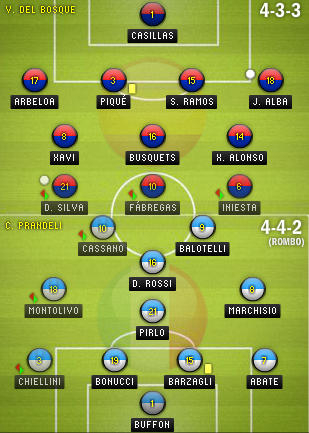 Opening
Opening
Italy broadly lined up in their 4-4-2 diamond which has served them so well in recent game but with a couple of interesting features. As against Germany, Chiellini looked to get forward as much as possible from the left back position when Italy had possession. At this junction, the team shifted to something along the lines of 3-5-2. With Chiellini pushing very high, De Rossi dropped into a central defensive position to form a back three. This also provided Italy with an alternative option for passing should the midfield area become congested.
The opening minutes saw Italy try to establish a foothold in the match, similar to the approach adopted by Portuguese against Spain in the semi final, with pressing high up but Spain responded and took over. The passage of play around the 10th minute showcased all of the Spanish attributes. The quick passing and movement coupled with the aggressive intent. Xavi and Iniesta both had shots blocked before Xavi shot just over from 20 yards. Spain had moved up a gear from anything else they had produced in previous performances in the tournament.
Despite his wide position in attacking phase, Chiellini tucked in when defending yet Iniesta was able to thread a pass through to the on running Fabregas, himself making the sort of run typical of a striker, and the subsequent cross was converted by Silva.
Despite falling a goal down, Italy responded well and enjoyed their best period of the match. The Italian midfield worked extremely hard to close down their opponents and build attacks. For all of the praise of Spain, this was a period when they lacked control. They were unable to dictate the tempo of the match.
Midfield Battle
The Italian midfield was able to gain temporary superiority over their counterparts from midway through the first half. There were two main reasons for this.
Chiellini had received plenty of space early on with Arbeloa his only direct opponent. Silva, deployed on the left for the opening few minutes, was tucking in far too much. The Italian left was strengthened through adversity when Chiellini was forced to go off injured after 20 minutes. Balzaretti replaced him and continued to enjoy space on the left. A much more adventurous left back, Balzaretti linked well with Cassano during Italy’s best period of the game.
The space was granted due to concerns surrounding the potential for Pirlo to have an effect on the game. Both Iniesta and Silva were tucking in far too centrally. The Italian outball, as it had been against Germany, was on the left.
Pirlo was closed down quickly primarily by Xavi but also by whichever midfield player was closest to him during that particular phase of play. The result of which was Pirlo being forced to pass quickly to team mates whilst being pressed. He was seldom able to lift his head and pick out a pass. Italy missed the opportunity to go long towards Balotelli and turn the Spanish backline.
The second goal arriving just before half time changed the dynamic of the game once more. It was the result of two elements. Xavi Hernandez and Spain’s increasing vertical play. From Casillas kick out, it took just 14 seconds until Alba scored.
Xavi Hernandez
This has been a tricky tournament for Xavi. He has rarely hit top form in what could be his last major competition. If that is to be the case, last night provided him with the opportunity to display his talents once more. Again, he started in an advanced position but this time he was surrounded by movement. He had options to pass to. There were forward runs on the flanks, Fabregas was moving in behind the defence and Busquets and Alonso were positioned slightly deeper.
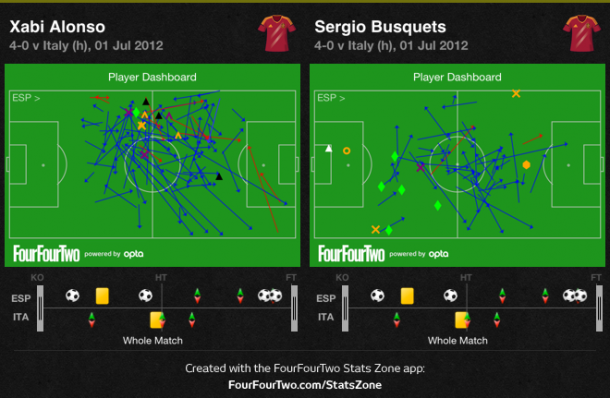
The midfield was Xavi’s and he took hold of the game. The first half goal’s altered the dynamic of the game considerably. The Italian’s were never going to park the bus but space opened up as Italy sought a way back into the game. Xavi was able to thrive.
Prior to the final Xavi had noted his concerns over his contribution to the team. Against France, Alonso was too advanced and Xavi was squeezed. Too often there has been no runners against deep lying defences. Now he had space from his own team mates and the opponents: “We played a full game, our best of the tournament. It helped to go ahead early, we had possession and could use the space.”
The provision of two assists in the final was just reward for his endeavors at this tournament and the architect of Barcelona’s play confirmed as much saying: “Today I felt comfortable on the pitch”
Spain’s Vertical Play
As he began to demonstrate as the tournament progressed, Jordi Alba provided Spain with pace and width on the left. Perhaps what was more impressive in this game however, and what had been lacking in others was a slightly deeper starting position. With Italy trying to push high, Alba was positioned further back than he had been in earlier games.
A high starting position is not always conducive to success
The deeper point with which Alba began provided him with the perfect platform to burst forward, that moment of explosiveness which is lacking when you start so high up the pitch. His goal was the perfect example. A driving run from a deep position showcased his ability and gave Spain the verticality which they have often been criticised for lacking.
What had slowly surfaced in the group games and culminated against the Portuguese in extra time, continued from the outset here. Alba’s repeated drives forward are now key components of the Spanish system.
It must be remembered though that Spain’s effectiveness in the first half was aided by the Italian’s pressing. Such pressing requires a high line and Spain took advantage of this.
Second Half
Prandelli brought on Di Natale for Cassano at half time and the Udinese frontman had an impact for the first 15 minutes of the second half until the unfortunate injury to Thiago Motta.
With Italy trying to increase the tempo of the game, it became increasingly stretched and at one point Gerard Pique led a breakaway for Spain. This initailly favoured Italy more than Spain and Di Natale was presented with an excellent chance to bring Italy back into the game, being denied by a great save from Casillas. Di Natale made a number of runs in behind Spain, offering a different problem for Pique and Ramos from that which Cassano had presented.
When Motta left the pitch with a hamstring injury, so to did any scant hope which Italy possessed to claw a way back into this game. As the second half wore on, Spain refused to ease up, introducing Torres, Pedro and finally Mata to stretch the rapidly tiring Italians further. Spain remained aggressive until the end.
Conclusions
In many respects, Prandelli and Italy were undeserving of the final outcome and yet, it did not flatter Spain. The game as a contest was almost certainly over before Motta was stretched off after 60 minutes.
Criticism of Prandelli for making the third and final substitution so early in the second half are wrong. Montolivo was tired and Italy needed fresh impetus to try and press Spain high up. Motta was the obvious choice.
Despite this setback, the Azzuri must retain faith in Prandelli as these are the first steps, albeit vastly significant ones, on the route back towards success. The ghost of the 2010 World Cup has been exorcised.
Andres Inietsa said after the match: ”We gave our best performance in the last game. This is something unrepeatable.”
Spain produced their best performance of the tournament and deservedly walk away with the European Championship, entering the history books in the process. Unlike previous teams who had succumb to the narrow Italian midfield, Spain made some slight adjustments and prospered.
No superlatives can adequately capture what Spain have achieved or in the manner in which they have done so. A quote from Spanish television though, comes close: “People of the world, football is still ours.”
Follow @icentrocampista

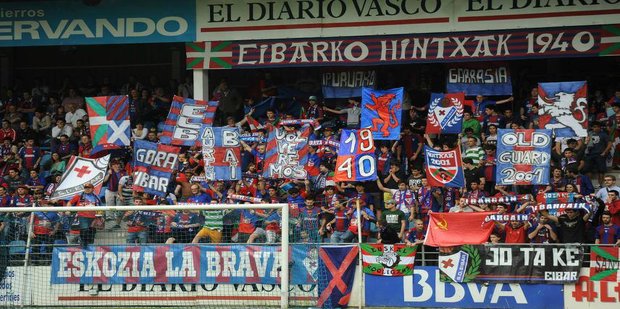

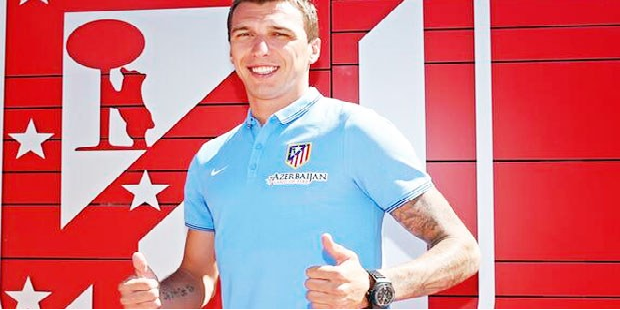


You must be logged in to post a comment Login